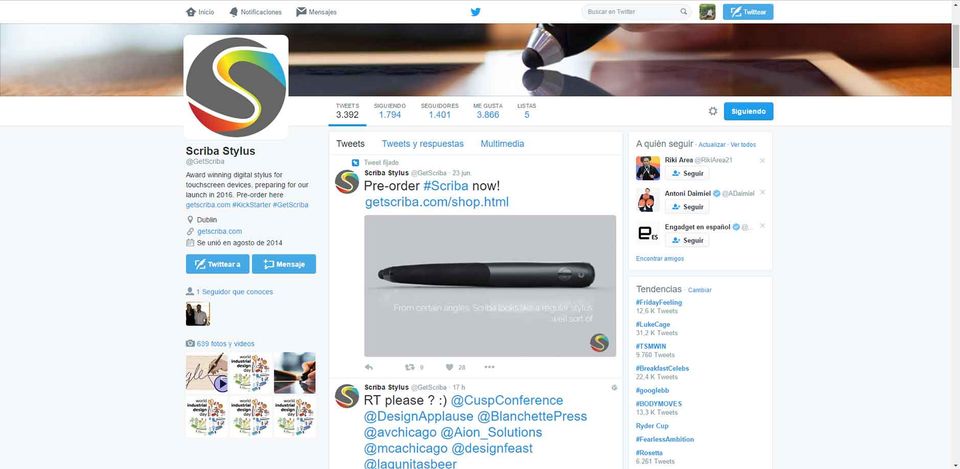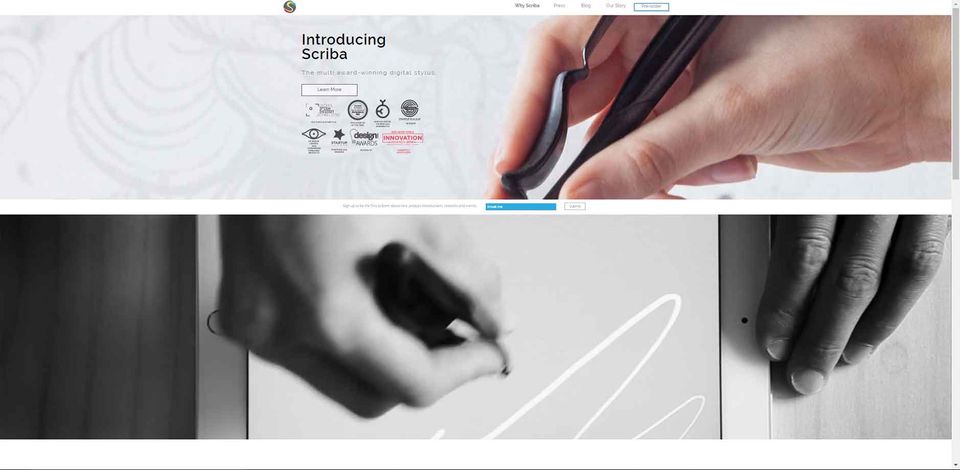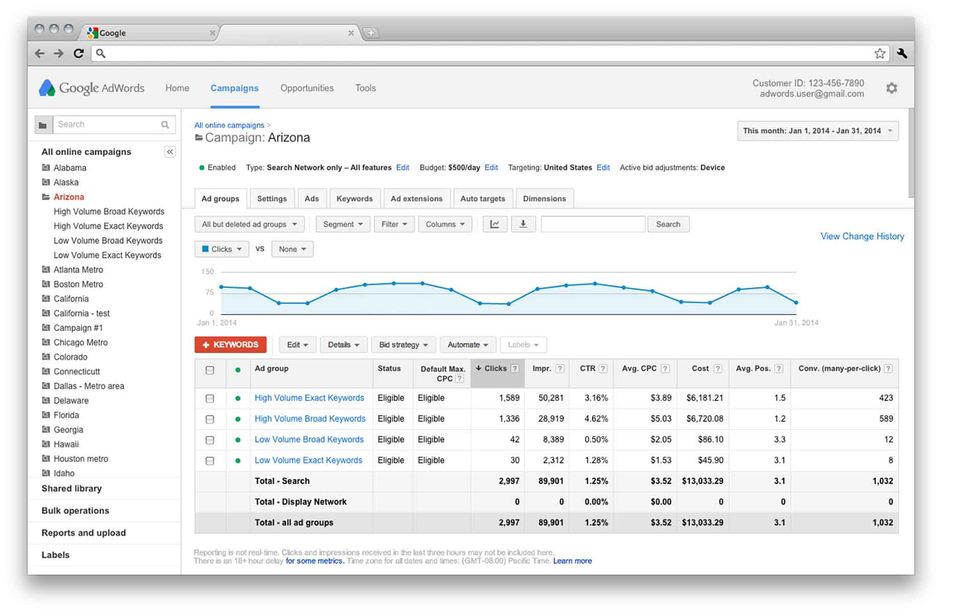5 Superb Ways to Market your Product without the Massive Budget
February 18, 2020
Trying to sell a product in today’s market can be difficult. It seems like everyone has a product or idea they are trying to sell. In order to break through the noise, you may think that you have to spend a ton of money on advertising and fancy strategists. That’s simply not true. You can cut your budget and even market for free in many ways.
Social Media
Probably the most popular way to market your product, social media allows you to have complete control over:
- How your product is represented
- When your product is shown
- Who sees your product
- How you respond to feedback and questions about your product
You can have a Facebook, Instagram, Pinterest, Twitter or all four for your product. You can upload photos, testimonials, videos and more all showcasing your product. If you keep at it, you can build a following of people who are more likely to buy from you as they can passively learn about your project in their leisure time.

Website
It’s essential to have a website for your business these days and if you sell a product, it’s doubly important. Social media is great but your website allows for a central hub for all your information as well as a place to make a purchase. You can use your social media to direct traffic to the website and provide detailed information about what the product is, how it works, why it’s important, what it’s made of, and more.
Events
Trade shows, craft fairs, flea markets, fairs, festivals, conventions are all places you can go to market your product face to face. For a small fee you can buy a table and set up a booth where you have have your product on display. People come all over, usually with the sole purpose of interacting with vendors like you. People can buy right away instead of having to wait for the product to ship. If you really like this idea, you can look into pop-up stores. Instead of opening up a permanent location you can rent a storefront for a limited time to sell your product.
Online Ads
If you’re already on social media and have a good website, you should allocate some of your budget to online ads. For less than $100 you can reach thousands and thousands of people with ads about your product. You can design the ad yourself or hire someone to do it for you. You can choose the exact audience you want to market to, narrowing it down to location, age, gender, occupation and previous interests. Once clicked, an ad can direct your potential customer to whatever web page you choose. Online ads are great because they allow you to reach your ideal audience for a minimal cost-per-click. Consider not only social media ads, but AdWords and Google Ads.
Retarget Existing Customers
So many marketers forget to market toward people who have already bought from them. Think of it this way - if someone has bought your product already and are happy with it, they may buy again or refer you to a friend who has a similar need. You can re-market to existing customers via free email marketing tools like Mailchimp or you can mail deals and offers to them in the mail. By sending them exclusive deals, you make them feel special and important. If you start a referral program, you can not only drum up new business but reward loyal customers.
Articles

In the period since COVID forced many of us back home and out of the office, remote work has become the new norm for many. The flexibility of working from home, especially for those with small children, is very compelling, but making a productive workspace is more than setting up a desk in the spare room. More people are seeking to create functional and comfortable workspaces in their homes, however, it can be difficult to strike the right balance between a professional office space and a cosy home environment. Here are some tips for designing a home workspace that meets both of these needs: Dedicate a specific area for work Designating a specific area for work is essential for separating work from leisure time. This could be a separate room or just a corner of a room. It is important to make sure that the workspace is free from distractions and clutter, as this will help you stay focused and productive. Choose the right furniture Ergonomic furniture is key to a comfortable and productive workspace. Invest in a comfortable chair, a desk that is the right height, and a good-quality mouse and keyboard. If you are prone to back pain, consider a standing desk. Add personal touches Just because your workspace should be functional, doesn’t mean it can’t be personal. Add photos, plants, and other personal items to make the space feel like your own. This will help create a sense of comfort and make you feel at home in your workspace. Good lighting Good lighting is essential for a comfortable workspace. If possible, place your desk near a window for natural light. If not, invest in a high-quality desk lamp to provide bright, even light. Keep it organised An organised workspace will help you stay productive and focused. Use desk organisers, filing cabinets, and other tools to keep your work area free from clutter. A clean and organised workspace will also help you start each day with a clear mind. Consider your work style Think about the type of work you do and how you like to work. If you prefer a minimalist workspace, opt for a simple desk and a few basic supplies. If you need space for multiple screens and other technology, make sure you have enough room to work comfortably. Take breaks It’s important to take breaks throughout the day to avoid burnout. Step away from your desk, go for a walk, or do some stretching exercises to clear your mind and recharge.











